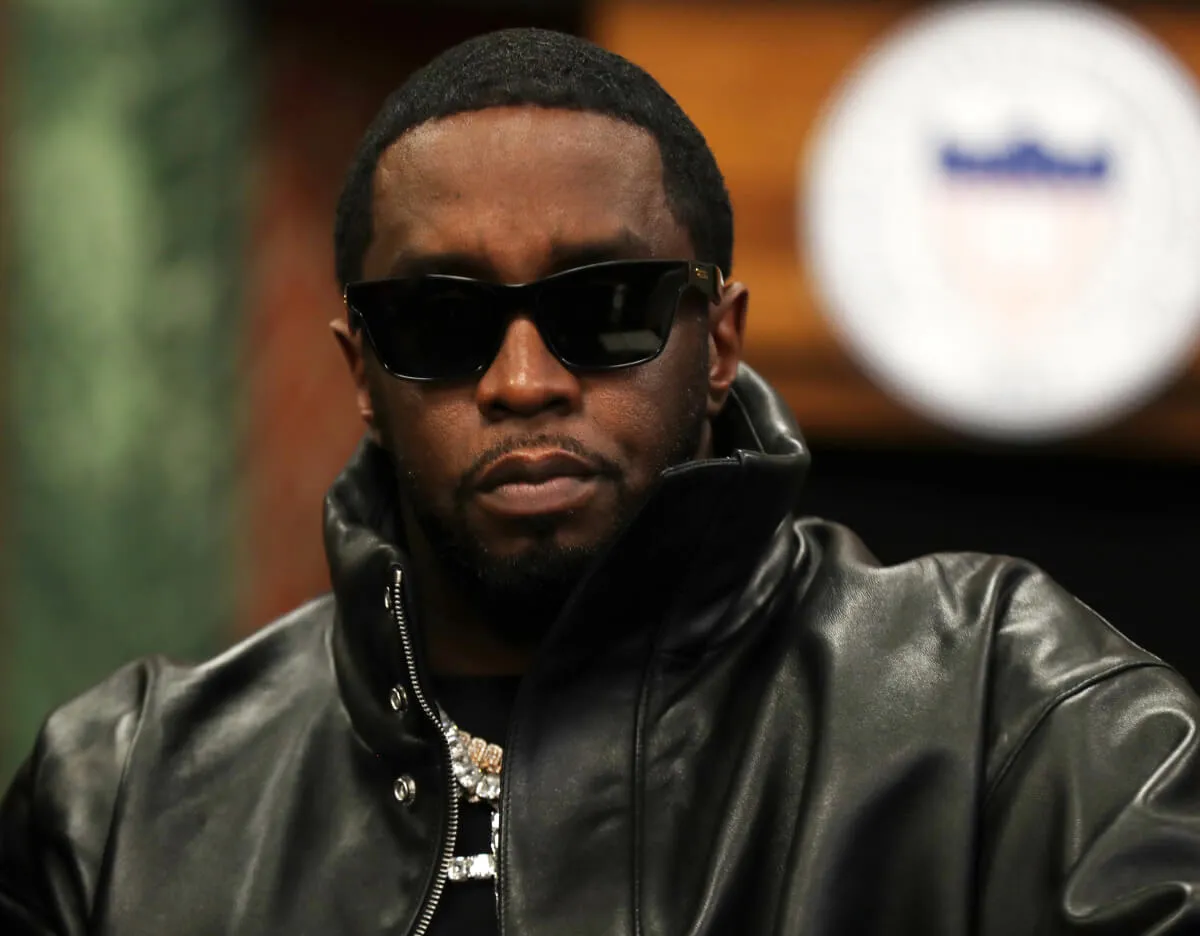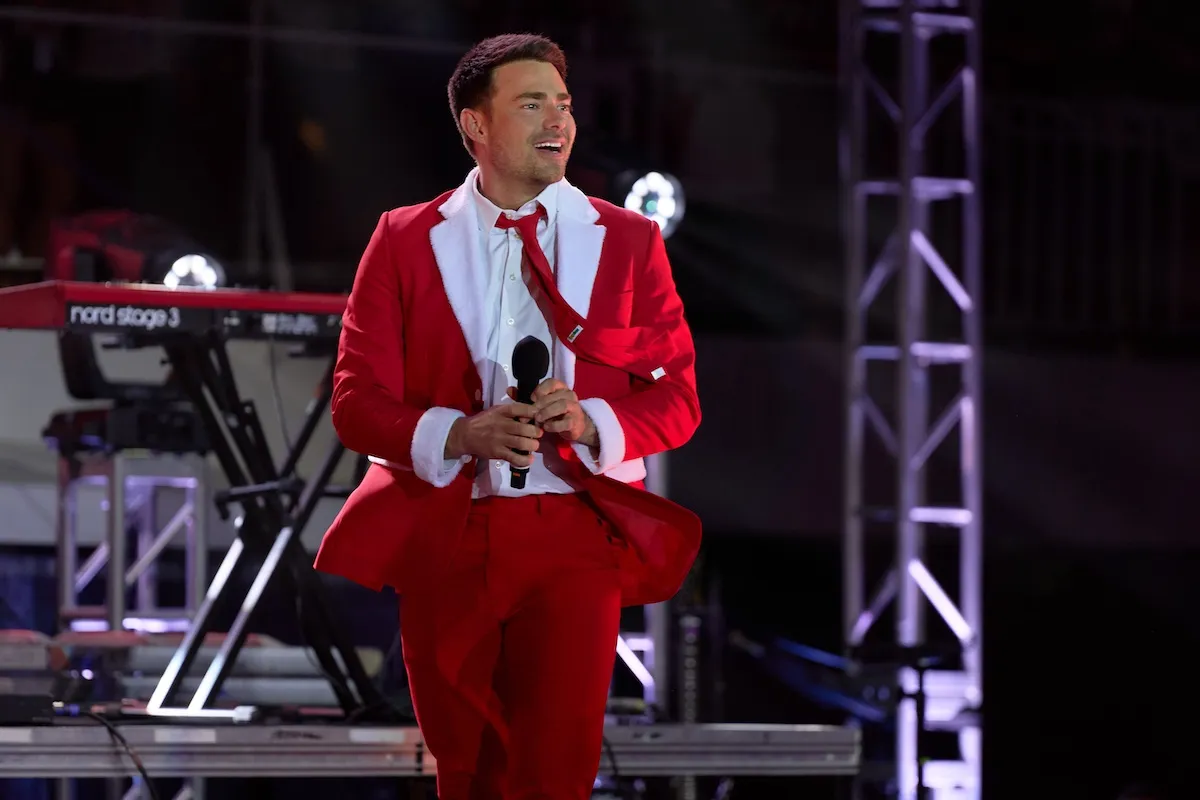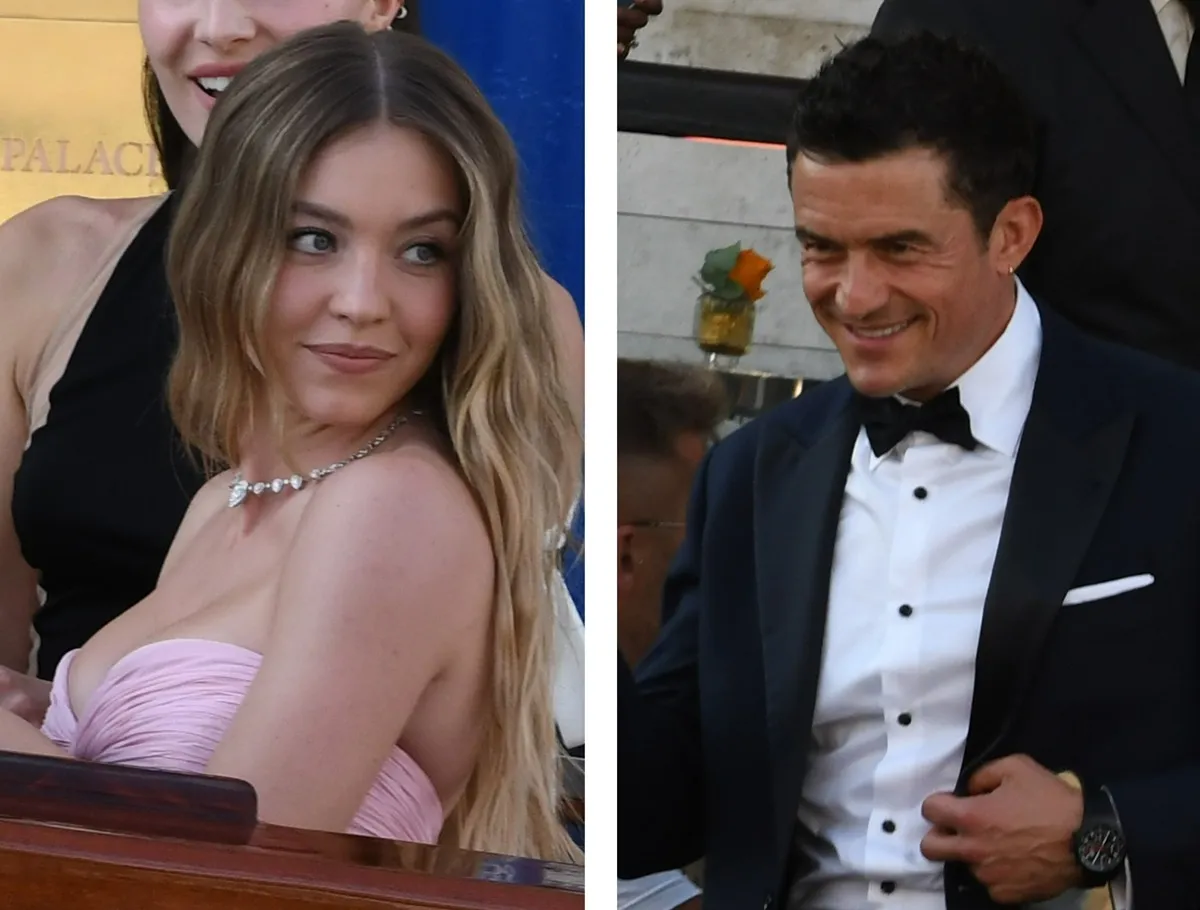‘The Last Waltz’: Why You Don’t Hear Robbie Robertson’s Vocals in Scorsese’s Film About The Band
Shooting a concert movie seems to be a study in discovering what can go wrong with a film production. And to attempt one in the ’70s, with a cast of high-profile musicians, sounds like a recipe for disaster. Yet Martin Scorsese managed to pull it off with The Last Waltz (1978), a hypnotizing document of The Band’s ’76 farewell performance.
The Last Waltz didn’t come off without incident, of course. There was the matter of altering footage that showed Neil Young with a chunk of cocaine in his nose. And there was also the bizarre image of Joni Mitchell singing backing vocals unseen, from behind the stage.
But neither of those elements takes away from viewers’ enjoyment of the film. (The segments featuring Young and Mitchell are pure magic.) On the other hand, footage of Band guitarist/songwriter Robbie Robertson singing backing vocals certainly counts as a distraction.
Throughout the live performances, Robertson stands center-stage, appearing to sing into the microphone. However, you can’t actually hear his voice at all on the film’s soundtrack. It’s worse than watching someone lip-synch a song they actually sang.
Levon Helm said Robbie Robertson’s microphone was turned off during the Band’s ‘Last Waltz’ performance
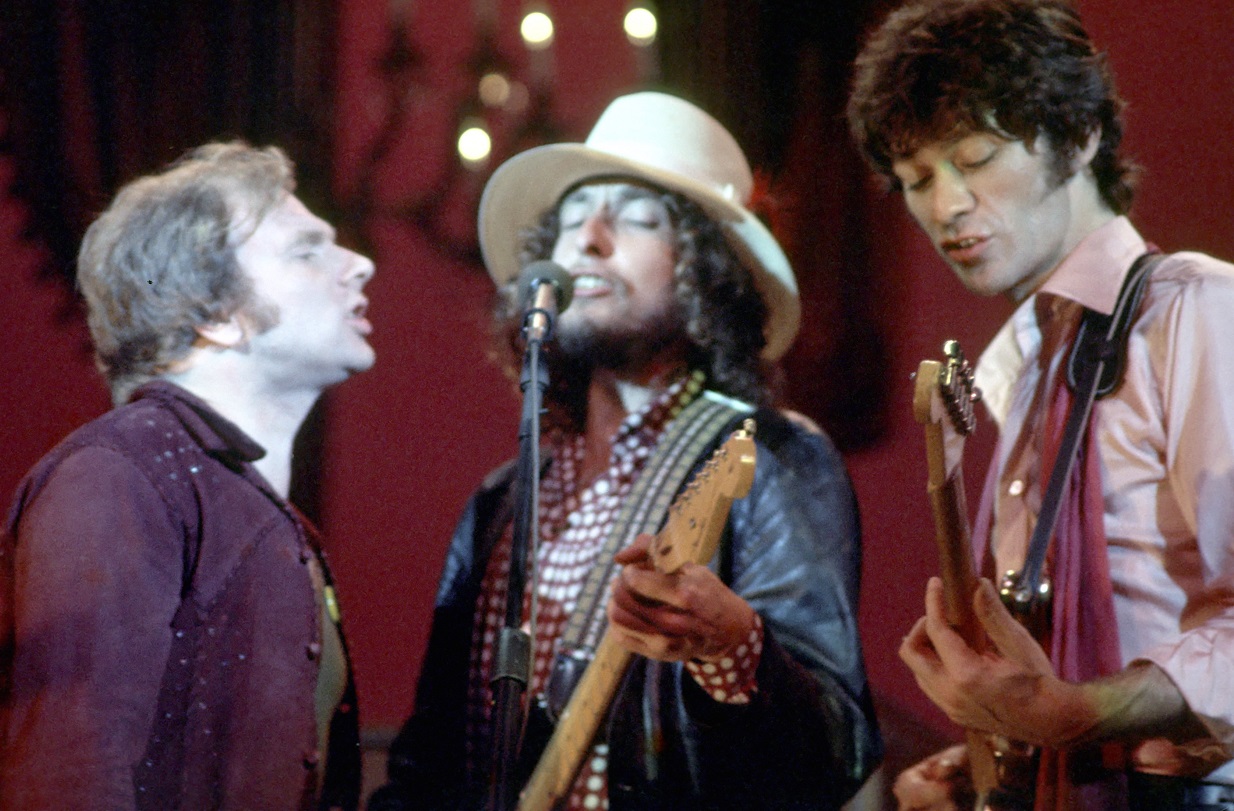
It doesn’t take long for the Robertson issue to present itself in The Last Waltz. Early on, while performing “Up on Cripple Creek,” one of the Band’s signature tracks, the camera flashes back and forth between lead vocalist/drummer Levon Helm, Robertson, and Danko.
As Helm is taking the first verse, there’s an odd shot of Robertson’s guitar obscuring Helm’s face (see 0:23). But things get stranger during the chorus. That’s when the camera takes a wide view of the stage, and the audience sees Danko singing the harmony vocal (as he had on the studio version).
Robertson, standing next to Danko, also appears to be singing backing vocals, but it quickly becomes obvious his vocals weren’t being recorded. At the end of the chorus, Robertson doesn’t even pretend. He steps away from the microphone as Danko (and Richard Manuel) sing backup.
That continues into the second chorus. As Danko sticks close to the mic for his vocals, Robertson steps away from it, projects over it, and otherwise makes clear he’s not there to be heard. This happens again and again in the film. In his 1993 book This Wheel’s on Fire, Helm didn’t consider it any mystery. He said Robertson’s mic was turned off.
Members of The Band overdubbed several instrumental parts in post-production for ‘The Last Waltz’
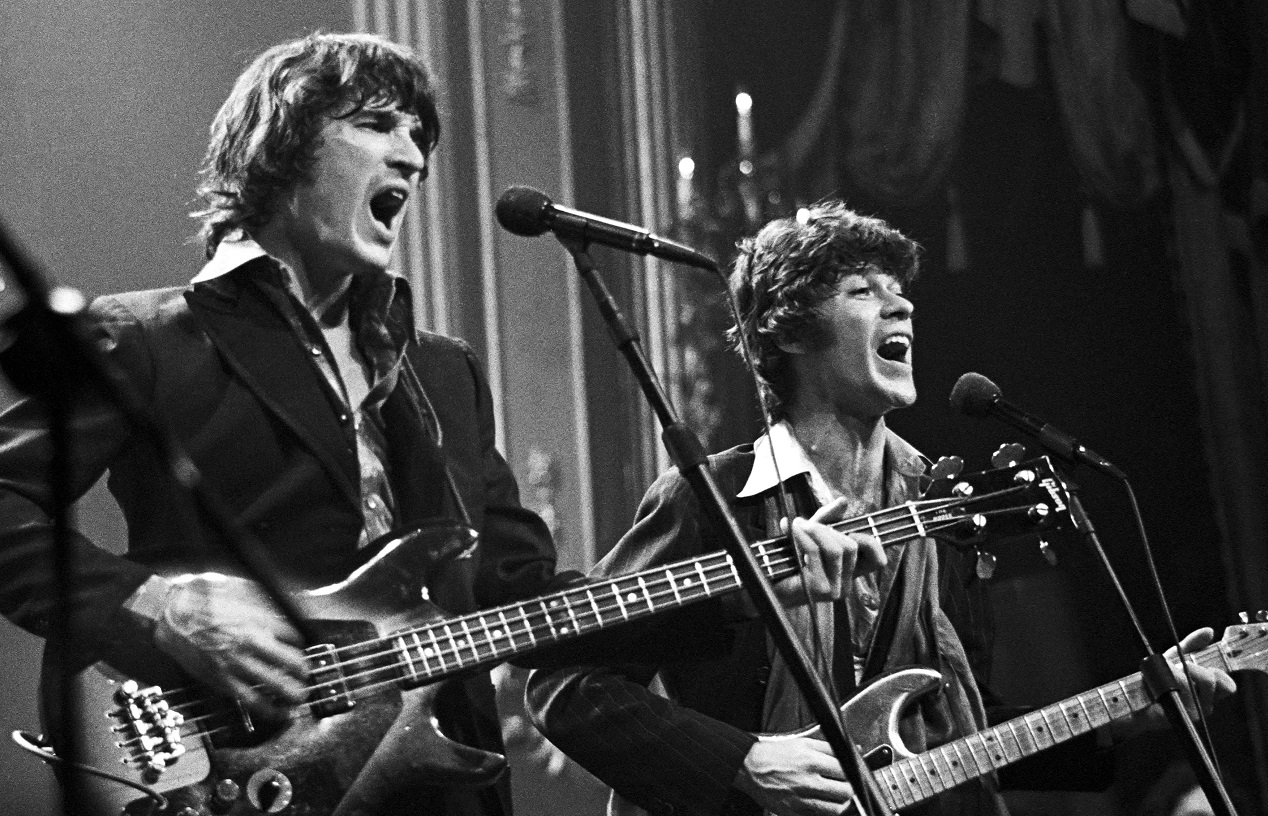
Though it won’t please purists, overdubbing will happen with a band’s concert film. Led Zeppelin had to do it in order to maintain quality on The Song Remains the Same (1976), and The Band certainly did its share after taking stock of what sound technicians recorded for The Last Waltz.
That’s why you’ll see Danko playing bass parts that don’t match the soundtrack at various points. But the image of Robertson singing without being heard, song after song, particularly stands out. To Helm, Scorsese’s focus on Robertson was obnoxious, and one of the reasons he hated the picture.
“For 2 hours we watched as the camera focused almost exclusively on Robbie Robertson, long and loving close-ups of his heavily made-up face and expensive haircut,” Helm wrote in This Wheel’s on Fire. In the book, Band producer John Simon described how extensive the overdubbing was in Last Waltz post-production — with the exception of Helm’s parts.
“Richard wasn’t singing well, Rick’s bass was out of tune, and Robbie wanted to improve his guitar solos,” Simon said. “The great thing was [Helm] didn’t need to do it over. He got it right the first time.” In a film Helm came to loathe, he looked and sounded the best during The Band’s live performances.
